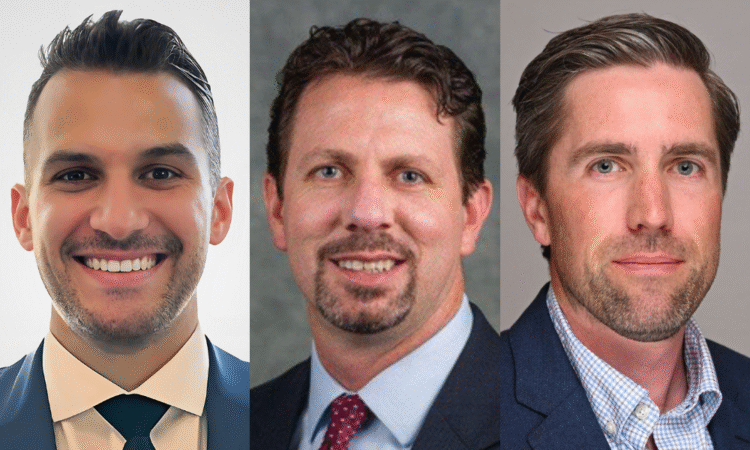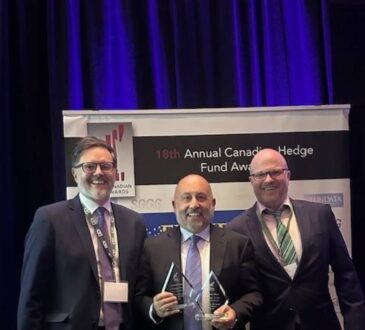
Wealth managers weigh in on whether to tinker with the cash allocations in client portfolios after the Fed’s rate cut.
The verdict came in as expected Wednesday. The Federal Reserve lowered the federal funds rate by 25 basis points to a target range of 3.75% to 4.00%.
The decision was accompanied by an announcement that quantitative tightening (QT) will conclude on 1 December, with agency MBS repayments reinvested into Treasury bills going forward.
The statement also acknowledged limited data availability due to the government shutdown. When asked about the lack of government data at the press conference, Fed Chair Jerome Powell responded by saying: “If you’re driving in the fog, you slow down.” This comment added some intrigue to the FOMC’s next and final decision scheduled for 2025, which will be made on December 9-10.
Perhaps due to this ambiguity and despite the Fed’s rate cut, the yield on the benchmark 10-year Treasury rose over seven basis points to 4.06% at the end of the day’s trading.
Advisors can deal with that uncertainty later, perhaps. As for now, the question they need to consider is what to do – if anything – with their fixed income holdings in the wake of yesterday’s Fed actions.
As the Fed continues to cut short-term interest rates, the high yields on cash and money market funds should grind lower. And for those investors allocating to a cash bucket to fund near-term liabilities, Brian Storey, head of multi-asset strategies at Brinker Capital Investments, suggests grabbing additional yield if possible while still focusing on the safety of the principal.
Jeff Corey, managing partner at Corey Wealth Partners, says it may make sense to begin extending bond maturities gradually, locking in today’s yields before they decline further.
“This isn’t an all-or-nothing move. We are taking a measured approach that keeps portfolios balanced while capturing the potential upside from lower rates in many situations,” Corey told InvestmentNews, adding that investors may also benefit from price appreciation as they shift into bonds.
Meanwhile, Brent Coggins, chief investment officer at Triad Wealth Partners, believes the decision to tinker with their cash allocation very much depends on the client’s primary objectives.
“The risk I am most leery of is duration. Given the current picture around growth, deficits and inflation, I think the long end of the curve could steepen. Chasing a little bit of incremental yield out there is just not worth it in my view,” Coggins said.
But does it have to be cash?
Short-duration bond funds, taxable or municipal based on the client’s tax bracket, CD or treasury ladders and premium money market funds are all great alternatives to cash, according to Corey. In his view, these strategies allow investors to stay defensive while earning more income than cash alone.
For medium-term alternatives, however, he is remaining cautious with credit risk and extending duration in some portfolios to benefit from the declining rate environment.
Nevertheless, he recommends holding some cash even as rates fall. The key is intentionality. In his view, cash should “serve a purpose, not just sit idle.”
“Cash remains appropriate for short-term spending or large upcoming purchases, staying flexible for new investment opportunities, and maintaining an emergency reserve for changes in personal cash flow situations,” Corey said.
Beyond cash and Treasury securities, Brinker’s Storey thinks that diversified fixed income portfolios can be solid options for investors seeking to reposition their cash holdings. By including credit, corporate and securitized, in addition to government bonds, these products do introduce greater risk, but they typically compensate for this uptick in risk through higher yields.
“Because corporate credit spreads are near their tightest levels in two decades, the risk-reward for corporate credit today is not as attractive as it is for securitized bonds,” Storey said.
Additionally, he says securitized bonds tend to have a shorter duration profile, which can make them more behaviorally palatable for investors moving out of cash and who may potentially be concerned that an increase in interest rates will lead to losses in their fixed income exposure.
Dry powder?
Finally, Triad’s Coggins points out that “a lot of noise” is being made about the reported $7 trillion in money market “dry powder” reportedly waiting to be deployed into risk assets. He, for one, is skeptical of that narrative.
“Equity markets have been on a tear this year behind strong corporate earnings, secular tailwinds like AI, you name it, while other havens like gold are having record years as well. If that money was earmarked for total return, I feel like it would have happened already,” Coggins said.
“My guess is a good portion of that is due to the yield spread between Fed Funds and bank interest. If that compresses as the Fed cuts rates, then you may just see that move down the sideline,” Coggins said. “In other words, back into deposit and savings accounts, as opposed to back into the game.”




